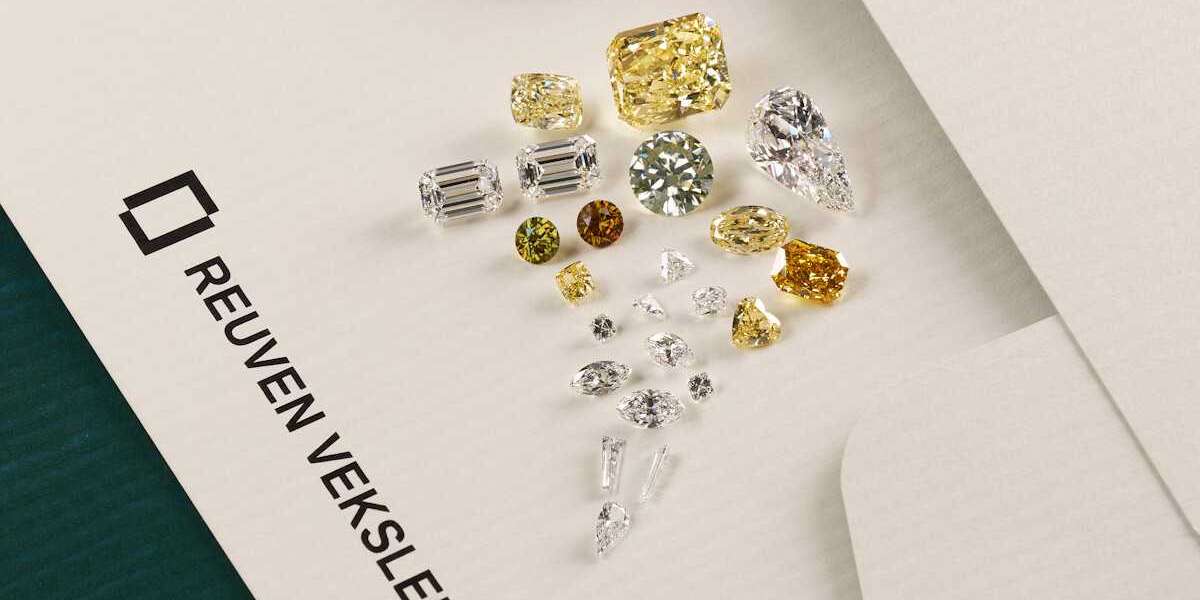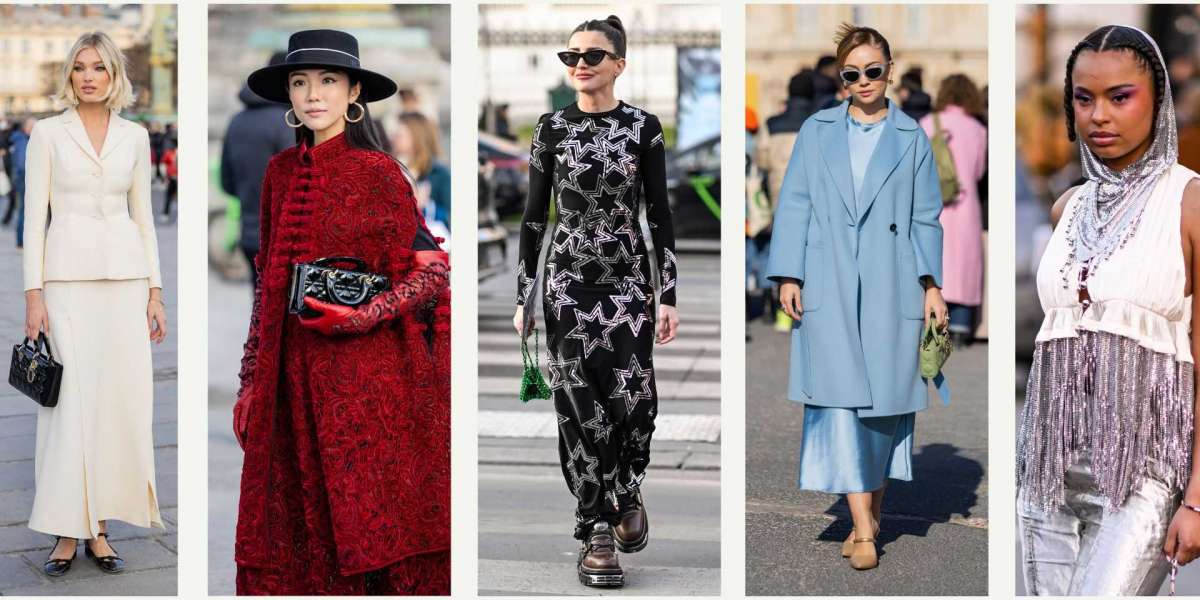Purple Diamond Investment: Emerging Market Trends
Purple diamonds represent one of the most exclusive segments within the colored diamond market, with their distinctive hue occurring in fewer than 0.1% of all diamonds discovered worldwide. This exceptional rarity stems from specific geological conditions that create hydrogen-related color centers during the diamond's formation process, making authentic purple diamonds significantly scarcer than their yellow or brown counterparts. The color intensity ranges from faint purple tones to vivid purple saturation, with each grade commanding substantially different market values.
Within the broader fancy colored diamond market, purple diamonds occupy a unique position between the established pink diamond sector and the emerging investment categories. Recent market analysis indicates growing collector interest, particularly following the closure of Australia's Argyle Mine in 2020, which historically produced some of the world's most coveted purple specimens. Current market dynamics show increasing price appreciation, with investment-grade purple diamonds demonstrating consistent value growth over the past five years.
The investment landscape for purple diamonds continues to evolve as supply constraints intensify and institutional collectors recognize their portfolio diversification potential. Market trends suggest that high-quality purple diamonds, particularly those exceeding one carat with strong color saturation and proper certification, are positioned for continued appreciation as alternative luxury investments gain broader acceptance among sophisticated investors.
Understanding Purple Diamond Rarity and Valuation
Purple diamonds derive their distinctive coloration primarily from hydrogen-related defects within the crystal lattice structure, though some specimens may exhibit secondary influences from boron or nitrogen inclusions. This complex formation process occurs under extremely specific geological conditions, contributing to their exceptional scarcity in natural diamond deposits.
The Gemological Institute of America (GIA) classifies purple diamonds across five distinct color intensity grades:
- Faint Purple - Subtle color visibility requiring trained observation
- Light Purple - Clearly visible purple hue with moderate saturation
- Fancy Purple - Strong purple color with good saturation
- Fancy Intense Purple - Deep purple saturation with excellent visibility
- Fancy Vivid Purple - Maximum color saturation representing the highest grade
Historically, the now-closed Argyle Mine in Western Australia produced approximately 80% of the world's purple diamonds, with additional sources including select Russian deposits and limited African mines in Botswana and South Africa. The Argyle closure in 2020 eliminated the primary supply source, fundamentally altering market dynamics.
Compared to other fancy colored diamonds, purple stones occupy a middle-tier rarity position. While more scarce than yellow or brown diamonds, they remain more available than red or blue varieties. However, high-quality purple diamonds exceeding two carats with intense color saturation approach the rarity levels of investment-grade pink diamonds. Proper certification from recognized laboratories like GIA or Gübelin remains essential for establishing authenticity and market value, particularly given the increasing prevalence of color-treated stones in the marketplace.
Current Market Performance and Price Trends
Purple diamond values have demonstrated consistent upward momentum since 2020, with auction results showing price increases ranging from 15% to 35% annually for investment-grade specimens. High-quality stones above one carat have commanded premium prices, with some Fancy Intense Purple diamonds achieving $50,000 to $80,000 per carat at major auction houses.
Market Insight: "The closure of Argyle Mine created an immediate supply shock, with purple diamond availability decreasing by approximately 70% within two years of closure." - Industry supply analysis, 2023
The geographic distribution of demand reflects strong collector interest across three primary markets. Asian collectors, particularly from Hong Kong and Singapore, have shown increased acquisition activity for larger specimens exceeding three carats. European investors focus primarily on certified stones with strong provenance documentation, while North American buyers demonstrate preference for mounted pieces suitable for both investment and personal use.
Price Performance by Grade (2020-2024 Average):
- Fancy Purple: $15,000-25,000 per carat
- Fancy Intense Purple: $35,000-65,000 per carat
- Fancy Vivid Purple: $70,000-120,000 per carat
Comparative analysis with other fancy colored diamonds reveals purple stones outperforming yellow and brown varieties but trailing behind pink and blue diamonds in percentage appreciation. However, the supply constraints created by Argyle's closure suggest purple diamonds may experience accelerated growth patterns similar to those observed in the pink diamond market following reduced Australian production.
Investment Considerations and Market Outlook
Purple diamonds offer significant portfolio diversification benefits within the alternative investment sector, providing tangible asset exposure with low correlation to traditional financial markets. Their physical nature and finite supply create inherent inflation hedging characteristics, while historical performance data suggests consistent value appreciation independent of broader economic cycles.
Investment-grade purple diamonds typically require holding periods of 5-10 years to realize optimal returns, as the market operates with limited liquidity compared to traditional securities. Investors should anticipate longer transaction timelines and potentially higher transaction costs when entering or exiting positions. Authentication through recognized gemological laboratories remains non-negotiable, with GIA or Gübelin certification providing essential market credibility and resale value protection.
Storage and Insurance Requirements:
- Secure vault storage with specialized gemstone facilities
- Comprehensive insurance coverage typically 1-2% of appraised value annually
- Regular reappraisal every 3-5 years for insurance purposes
- Detailed photographic documentation and certification records
Market forecasts indicate continued supply constraints will likely drive sustained price appreciation through 2030. Industry analysts project annual growth rates of 8-15% for investment-grade purple diamonds, supported by increasing institutional collector interest and the permanent reduction in primary supply sources following Argyle's closure.
Strategic Acquisition Guidelines for Collectors
Optimal investment parameters focus on purple diamonds exceeding 1.5 carats with minimum Fancy Purple color grading, though stones achieving Fancy Intense or Fancy Vivid classifications offer superior appreciation potential. Clarity grades of VS2 or better ensure broad market appeal, while excellent cut quality maximizes color presentation and overall value retention.
Provenance documentation proves crucial for investment-grade acquisitions, with established dealer relationships providing access to certified inventory and professional market guidance. Working with specialists who maintain direct connections to primary sources ensures authenticity verification and competitive acquisition pricing. Custom setting considerations should preserve the stone's investment characteristics while allowing for potential future extraction without damage.
Exit Strategy Considerations:
- Monitor market cycles for optimal selling opportunities
- Maintain relationships with multiple dealers for competitive bidding
- Consider auction house placement for exceptional specimens
- Plan for 6-12 month transaction timelines in current market conditions
Conclusion
Purple diamonds represent a compelling investment opportunity within the luxury collectibles market, combining exceptional rarity with demonstrated price appreciation potential. The fundamental supply-demand imbalance created by Argyle Mine's closure establishes a favorable long-term outlook for qualified investment-grade specimens.
Successful purple diamond investment requires careful attention to quality parameters, proper certification, and strategic timing considerations. The market's evolution toward greater institutional recognition suggests continued growth potential for collectors who approach acquisitions with appropriate due diligence and professional guidance.
The convergence of supply constraints, growing collector interest, and portfolio diversification trends positions purple diamonds as an attractive alternative investment for sophisticated collectors seeking tangible assets with proven appreciation potential and inherent rarity value.
Explore Purple Diamond Investment Opportunities
For collectors seeking to capitalize on the emerging purple diamond market discussed in this analysis, our curated selection provides access to certified investment-grade specimens across various intensities, cuts, and characteristics that align with current market trends.
Main Collection:
By Color Intensity:
By Secondary Color Characteristics:
By Cut Style:
- https://reuvenveksler.com/diamonds/color-purple/shape-heart/
- https://reuvenveksler.com/diamonds/color-purple/shape-marquise/
By Carat Weight:








